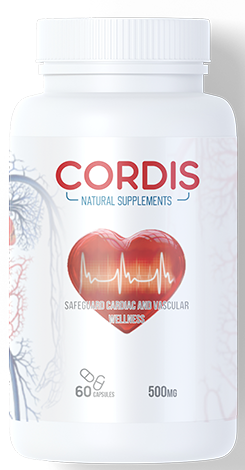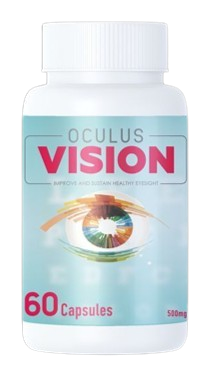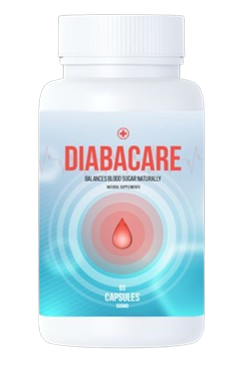Description
Rejuvenates the blood vessels and optimises the heart functions.
Highlight of its Functions
– Support heart health and helps regulate blood pressure
– Combats antioxidative stress
-Reduces inflammation of blood vessels
The Usefulness of Cordis
Cordis is an antihypertensive supplement that is formulated to help manage high blood pressure through a blend of natural ingredients known for their cardiovascular benefits. The components in Cordis help relax blood vessels, improve blood flow and reduce resistance in the circulatory system, which can lead to lower blood pressure.
By providing antioxidants and anti-inflammatory compounds, Cordis help protect blood vessels from damage and improve overall cardiovascular function. Cordis often promotes a holistic approach to managing hypertension by addressing multiple factors that contribute to high blood pressure, including stress reduction and improved dietary habits.
COMPOSITION
ROSA SINENSIS ( HIBISCUS):
Rosa sinensis is rich in polyphenols which are known for their antioxidant properties. These compounds can help improve endothelial function and reduce oxidative stress, both of which are beneficial for cardiovascular health.
Some studies suggest that hibiscus extracts can promote vasodilation (the widening of blood vessels), which can help lower blood pressure by reducing vascular resistance.
Hibiscus may have mild diuretic properties, helping the body eliminate excess fluid and sodium, which can contribute to lower blood pressure levels.
ALLIUM SATIVUM( GARLIC)
Garlic has been shown to promote vasodilation, which is the relaxation and widening of blood vessels. This effect can help lower blood pressure by reducing vascular resistance. It may also help reduce blood viscosity (thickness), which can improve blood flow and decrease the workload on the heart, contributing to lower blood pressure.
LAVANDULA LATIFOLIA ( LAVENDER):
The essential oil extracted from Lavandula latifolia contains several bioactive compounds, which have been shown to exhibit relaxing and calming effects. These compounds may help reduce stress and anxiety, which are known contributors to elevated blood pressure. Lavandula latifolia possesses antioxidant properties that can help combat oxidative stress in the body. By reducing oxidative damage, lavender contributes to better vascular health.
The anti-inflammatory properties of Lavandula latifolia helps mitigate inflammation in the cardiovascular system, potentially aiding in blood pressure regulation.
VIBURNUM OPULUS( EUROPEAN CRANBERRYBUSH):
Viburnum opulus, commonly known as European cranberrybush is known for it’s antihypertensive properties. Viburnum opulus has been used for its calming and sedative effects. By reducing anxiety and promoting relaxation, it may indirectly contribute to lower blood pressure.
Studies suggest that extracts from Viburnum opulus may exhibit vasodilatory effects, which can help relax blood vessels and improve blood flow.
Viburnum opulus has mild diuretic properties, which can help promote the excretion of excess sodium and water from the body. This diuretic effect can reduce blood volume and subsequently lower blood pressure.
CAMELLIA SINENSIS ( TEA PLANT):
The consumption of green tea has been associated with improved endothelial function. The endothelium is the inner lining of blood vessels, and its proper functioning is essential for maintaining healthy blood pressure levels.Green tea aids in weight management by boosting metabolism and promoting fat oxidation. Weight loss or maintenance can have a positive impact on blood pressure levels. Several clinical studies have reported that regular consumption of green tea is associated with lower systolic and diastolic blood pressure.




